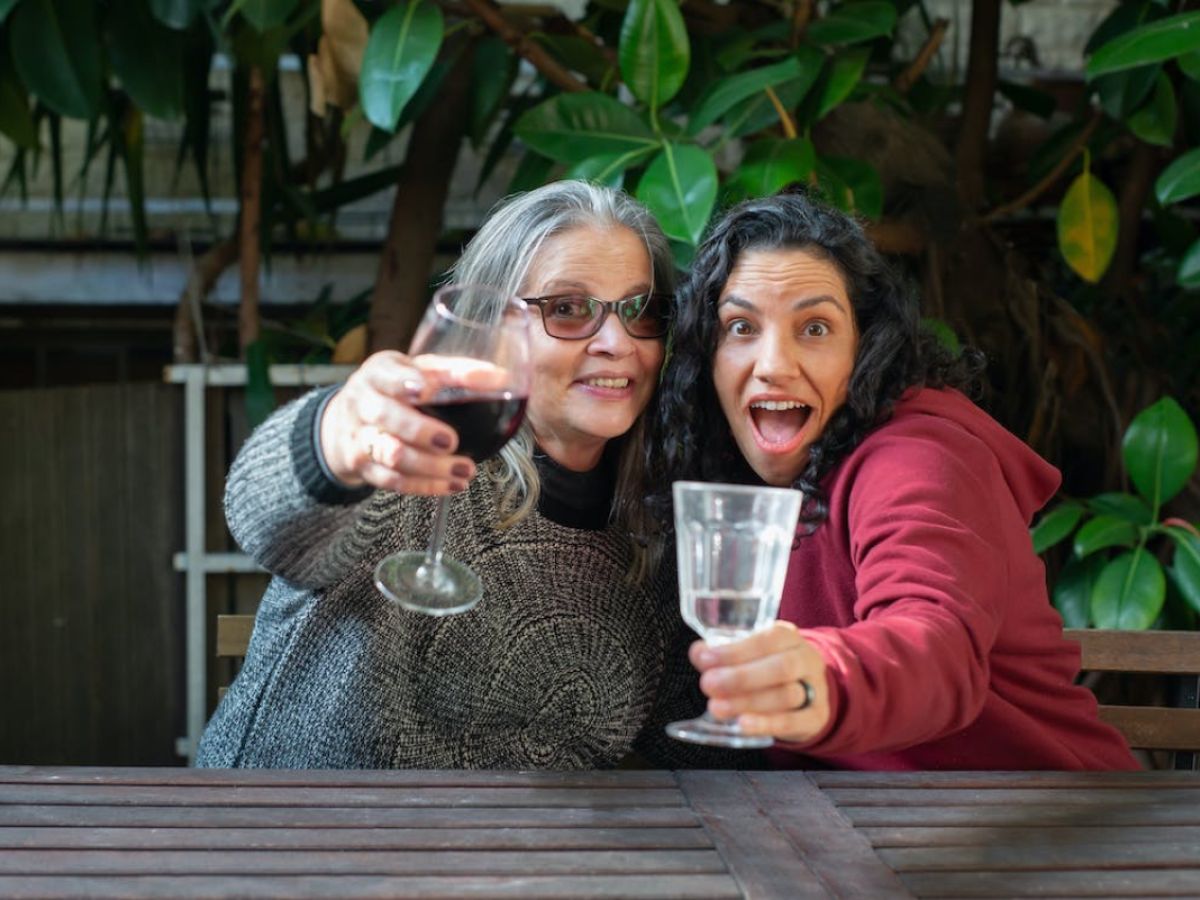Building a group of friends with similar interests and values

Building a Group of Friends with Similar Interests and Values
As we navigate the complexities of middle age, maintaining and expanding our social circle can become increasingly challenging. However, building friendships with like-minded individuals is crucial for emotional well-being, personal growth, and a sense of belonging. This article will guide you through practical strategies to connect with others who share your interests and values, tailored specifically for middle-aged individuals in the United States.
Why Friendships Matter in Middle Age
Friendships play a vital role in our lives, offering emotional support, companionship, and a sense of belonging. In middle age, friendships can help alleviate stress, provide a network of support during life transitions, and enhance overall well-being .2 .3. Despite the challenges of busy schedules and changing life circumstances, nurturing friendships is essential for maintaining mental and physical health.

Challenges in Building Friendships in Middle Age
Middle age often brings significant responsibilities, such as career demands, family obligations, and personal pursuits, leaving little time for socializing. Additionally, the modern world’s emphasis on independence and mobility can make it harder to form lasting connections .3 .5. However, with a proactive approach and the right strategies, it’s possible to overcome these challenges and build meaningful friendships.
Strategies for Building Friendships

1. Identify Your Interests and Values
Start by reflecting on what truly matters to you. What activities do you enjoy? What values do you hold dear? Identifying these will help you find groups or communities where you can connect with like-minded individuals.

2. Join Clubs or Groups
Engage in activities that align with your interests. Whether it’s a book club, a sports team, or a photography group, these settings provide natural opportunities to meet people with similar passions .4 .6.

3. Volunteer
Volunteering is an excellent way to meet others who share your values. It not only helps you connect with people but also contributes positively to your community .4 .11.

4. Attend Local Events
Participate in local events such as concerts, festivals, or community gatherings. These events offer relaxed environments where you can meet new people .6.

5. Use Technology
Leverage social media and apps like Meetup or Bumble BFF to find groups or individuals with similar interests. Online platforms can be especially helpful for those with busy schedules or social anxiety .6 .9.

6. Reconnect with Old Friends
Reach out to friends from your past. Rekindling old friendships can be incredibly rewarding and often requires less effort than forming new ones .6.

7. Create Traditions
Establish simple traditions with your friends, such as regular meetups or annual trips. These traditions help maintain connections over time .8.

Deepening Friendships
Once you’ve connected with others, focus on deepening these relationships:

1. Communicate Openly
Share your thoughts and feelings with your friends. Open communication builds trust and intimacy .10.

2. Show Support
Be there for your friends during challenging times. Supportive friendships are more likely to endure .10.

3. Schedule Regular Meetups
Regular interactions are crucial for maintaining strong friendships. Set aside time for regular gatherings or activities .10.

Overcoming Common Obstacles
-
Time Constraints: Prioritize friendships by scheduling them into your calendar, just as you would any other important commitment .5.
-
Shyness or Social Anxiety: Start small by engaging in low-stakes interactions, such as joining online groups or attending small gatherings .9.
-
Differences in Interests: Be open to exploring new activities or hobbies with your friends. This can lead to personal growth and deeper connections .12.

Conclusion
Building a group of friends with similar interests and values in middle age requires effort and intentionality, but the rewards are well worth it. By identifying your passions, engaging in community activities, and nurturing meaningful connections, you can create a supportive network that enriches your life. Remember, friendships are a journey, not a destination, and every step you take towards building them brings you closer to a more fulfilling life.

Additional Tips for Middle-Aged Individuals
-
Be Patient: Building strong friendships takes time. Don’t rush the process, and be patient with yourself and others .9.
-
Stay Positive: Maintain a positive attitude and be open to new experiences. This will help you attract like-minded individuals .9.
-
Prioritize Quality Over Quantity: Focus on building a few meaningful relationships rather than trying to accumulate a large number of acquaintances .10.
By embracing these strategies and tips, you can cultivate a vibrant social circle that supports your well-being and enriches your life in middle age.

Final Thoughts
As you embark on this journey of building friendships, remember that it’s never too late to start. Every connection you make has the potential to bring joy, support, and fulfillment into your life. So, take the first step today—join a club, attend an event, or reach out to someone new. The rewards of meaningful friendships are waiting for you.

References
For further reading and inspiration, consider exploring the following resources:
-
Books: “The Art of Possibility” by Rosamund Stone Zander and Benjamin Zander
-
O








